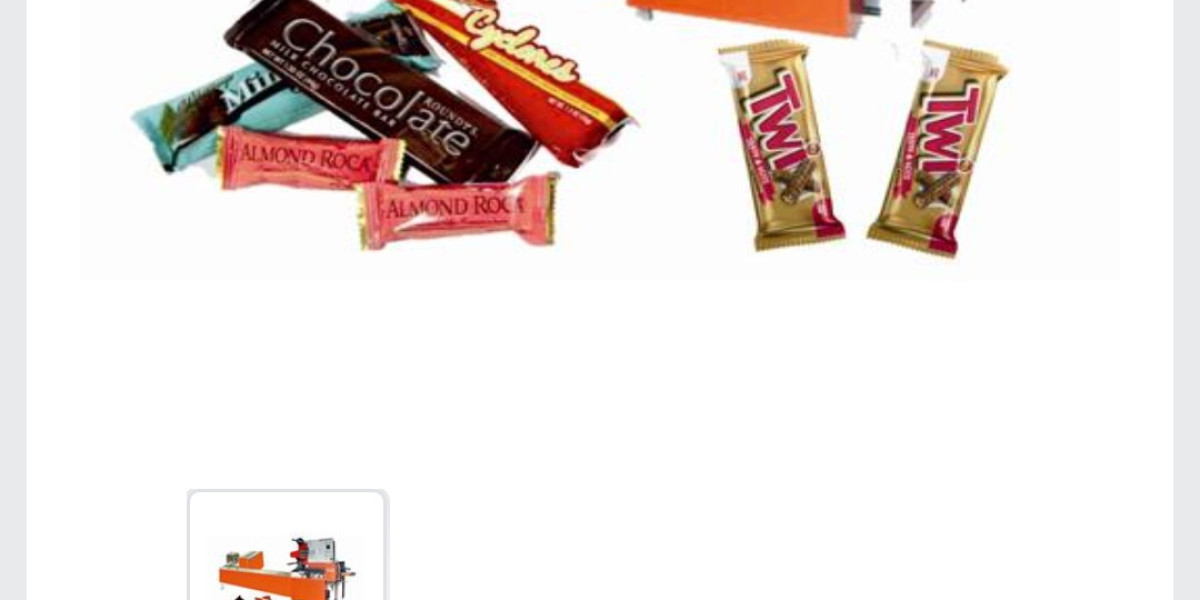Starting a chocolate manufacturing business in Delhi requires a comprehensive plan that encompasses market research, location selection, equipment procurement, staffing, and financial projections. Below is a structured business plan tailored for this venture:
**1. Executive Summary**
The objective is to establish a chocolate manufacturing unit in Delhi, producing high-quality chocolates catering to diverse consumer preferences. The business aims to capitalize on the growing demand for premium chocolates in the region.
**2. Market Analysis**
- **Industry Overview:** The Indian chocolate industry has witnessed significant growth, driven by increasing consumer indulgence and gifting culture.
- **Target Market:** Urban consumers in Delhi, including young adults, professionals, and families seeking premium and artisanal chocolates.
- **Competitor Analysis:** Key competitors include established brands and local artisanal chocolatiers. Differentiation through unique flavors, quality, and packaging will be essential.
**3. Business Model**
- **Product Line:** Assorted chocolates including dark, milk, and white varieties, with options for nuts, fruits, and other inclusions.
- **Revenue Streams:** Direct sales through a boutique store, online sales via an e-commerce platform, and bulk orders for events and corporate gifting.
**4. Location and Facility**
- **Location:** A commercial area in Delhi with high footfall, ensuring visibility and accessibility.
- **Facility Requirements:** Approximately 1,000–1,500 sq. ft. space to accommodate production, storage, and retail sections.
**5. Equipment and Machinery**
The following equipment is essential for chocolate production:
- **Chocolate Melting Machine:** Used to melt chocolate uniformly.
- *Example:* Chocolate Melting Machine priced at ₹1,50,000 citeturn0search6.
- **Chocolate Tempering Machine:** Ensures the chocolate has a glossy finish and proper snap.
- *Example:* ChocoMan 30 Deluxe Chocolate Machine priced at ₹2,34,000 citeturn0search1.
- **Chocolate Moulding Machine:** For shaping chocolates into various forms.
- *Example:* Table Top Chocolate Moulding Machine priced at ₹6,50,000 citeturn0search6.
- **Chocolate Enrober Machine:** For coating fillings like nuts or wafers with chocolate.
- *Example:* Chocolate Enrober Machine priced at ₹15,000 citeturn0search3.
- **Cooling Tunnel:** To cool and set chocolates after moulding or enrobing.
- *Example:* Prices vary based on size and capacity.
**6. Staffing**
- **Production Staff:** 2 skilled chocolatiers and 2 assistants.
- **Sales and Marketing:** 2 personnel for in-store sales and online order management.
- **Administrative:** 1 manager to oversee operations, procurement, and compliance.
**7. Marketing and Sales Strategy**
- **Branding:** Develop a compelling brand story emphasizing quality and uniqueness.
- **Online Presence:** Create an e-commerce website and maintain active social media profiles.
- **Promotions:** Offer introductory discounts, participate in local events, and collaborate with cafes and restaurants.
**8. Financial Projections**
- **Initial Investment:**
- *Equipment Costs:* Approximately ₹12,49,000, based on the equipment listed above.
- *Facility Setup:* ₹5,00,000 (includes interior design, shelving, and utilities).
- *Initial Raw Materials:* ₹2,00,000.
- *Working Capital:* ₹3,00,000.
- *Total:* Approximately ₹22,49,000.
- **Operational Expenses (Monthly):**
- *Staff Salaries:* ₹2,00,000.
- *Rent and Utilities:* ₹1,00,000.
- *Raw Materials:* ₹1,50,000.
- *Marketing and Miscellaneous:* ₹50,000.
- *Total:* ₹5,00,000.
- **Revenue Projections:**
- *Monthly Sales:* Assuming sales of 5,000 units at an average price of ₹150, revenue would be ₹7,50,000.
- *Annual Revenue:* ₹90,00,000.
- **Profitability:**
- *Gross Profit Margin:* Approximately 60%.
- *Break-Even Point:* Expected within 12–18 months.
**9. Compliance and Licensing**
- **Registrations:** Obtain necessary licenses such as FSSAI registration, GST registration, and local municipal permits.
- **Compliance:** Adhere to food safety standards and labor laws.
**10. Risk Analysis**
- **Market Risks:** Changing consumer preferences and competition.
- **Operational Risks:** Equipment malfunctions and supply chain disruptions.
- **Financial Risks:** Variations in raw material prices and sales fluctuations.
**11. Conclusion**
With a strategic approach focusing on quality production, effective marketing, and prudent financial management, the proposed chocolate manufacturing business in Delhi has the potential to achieve substantial success and profitability.













